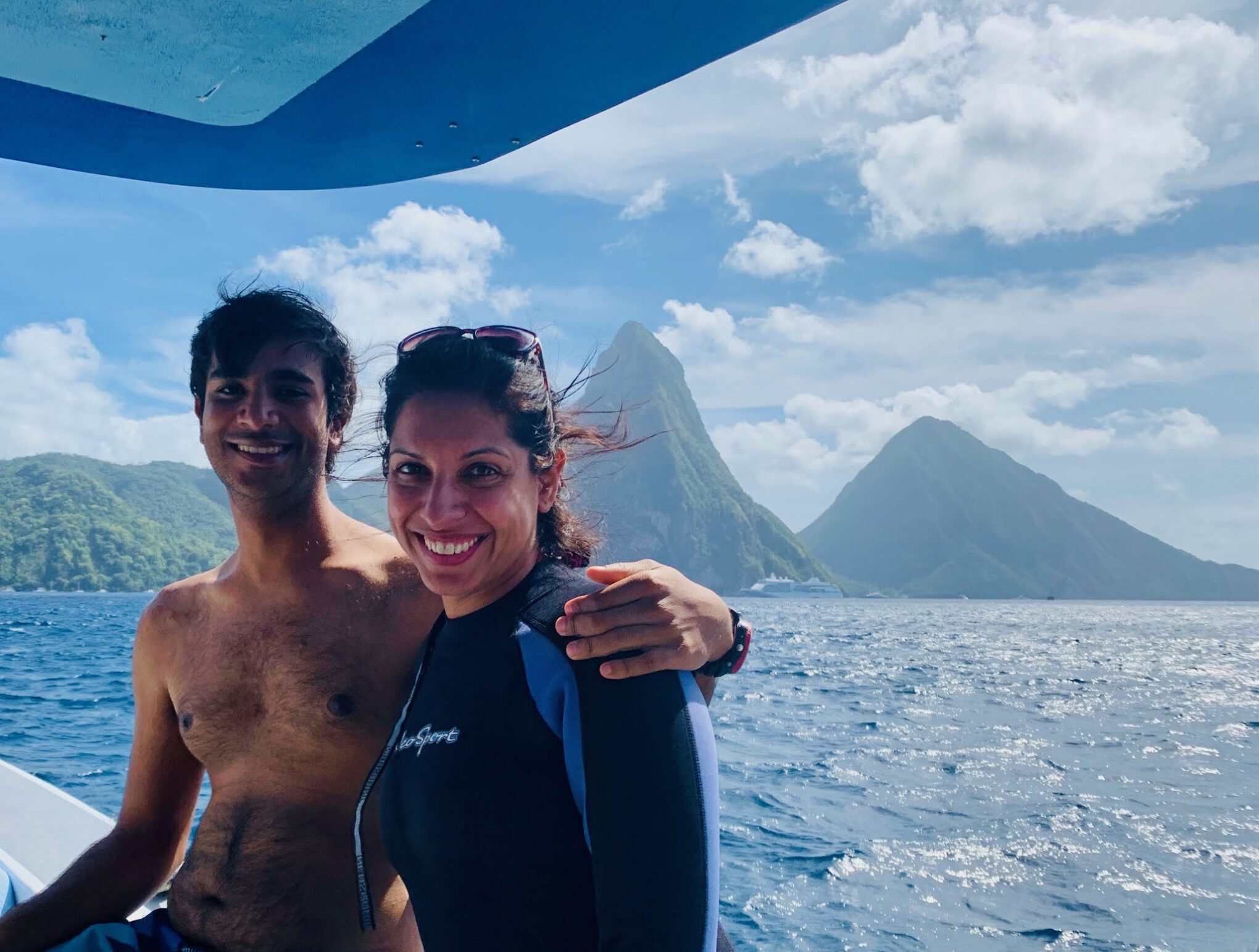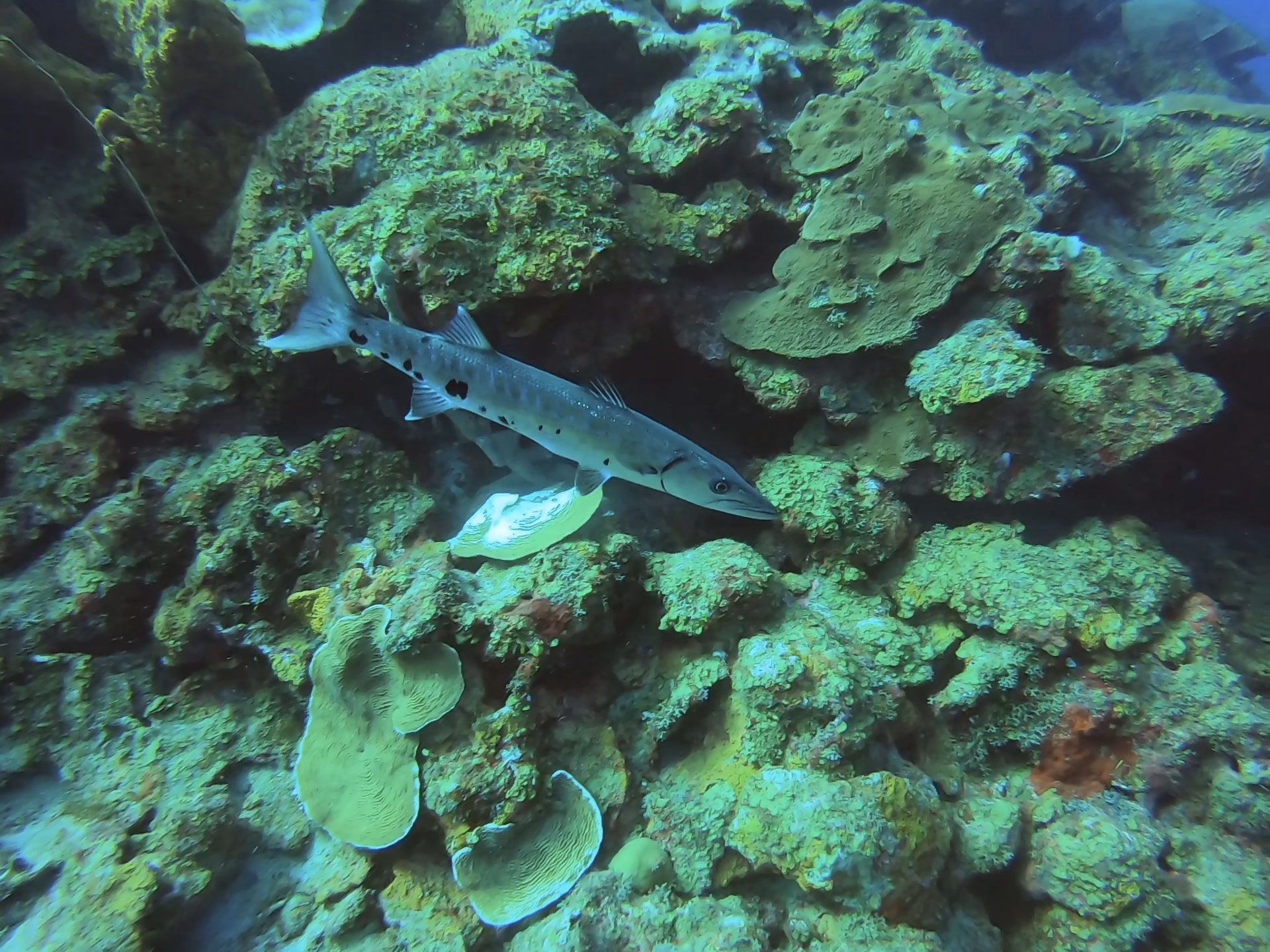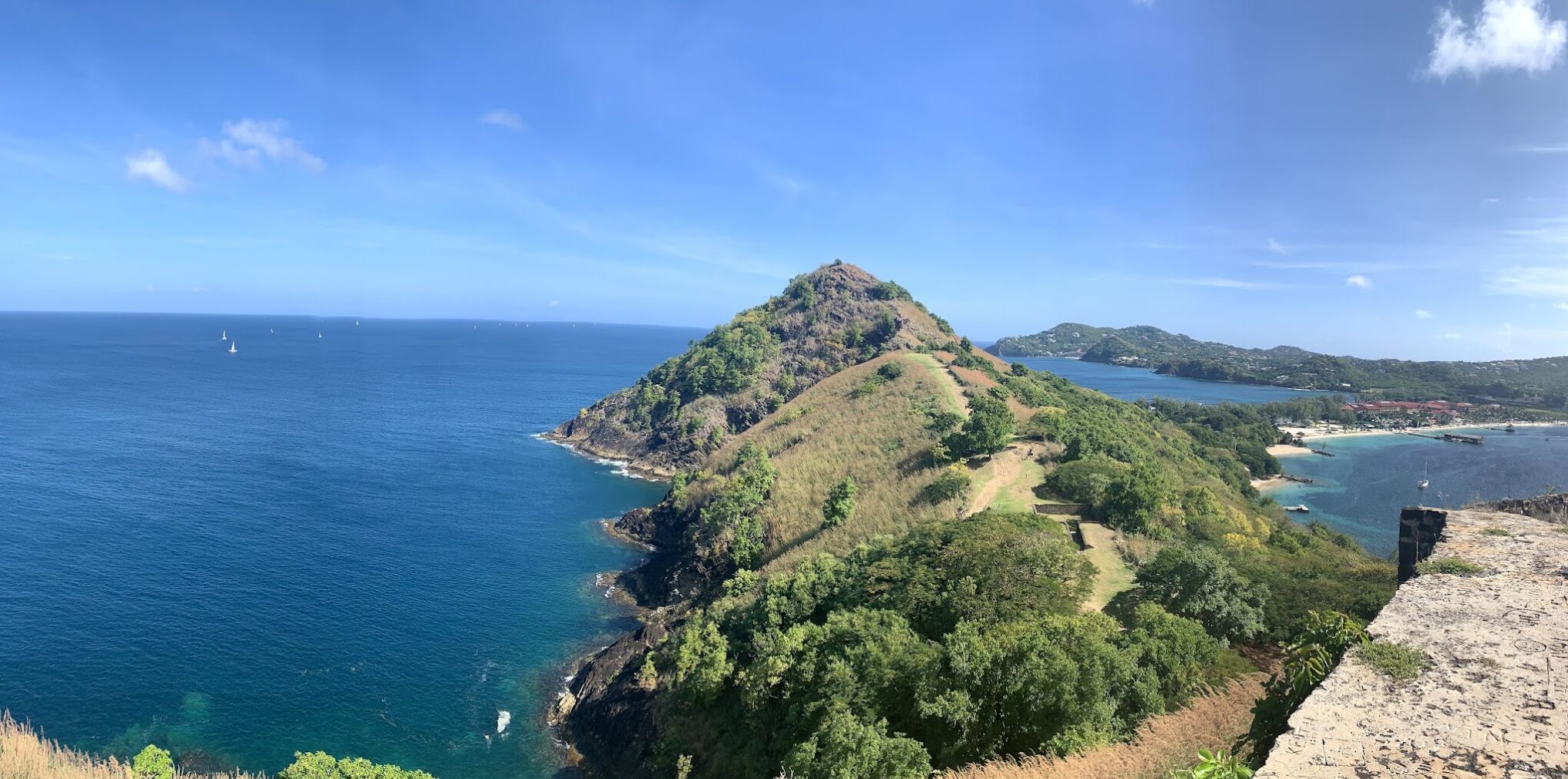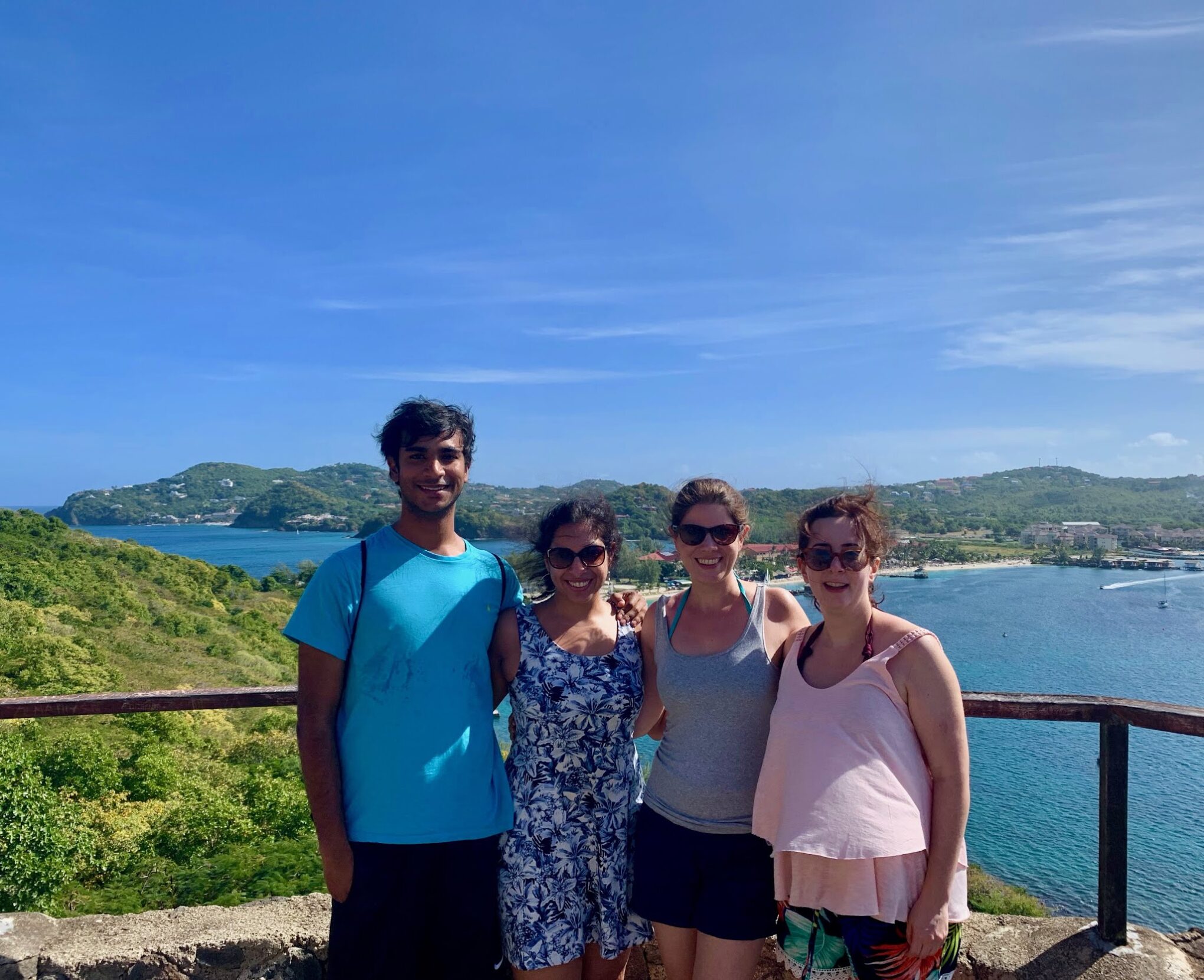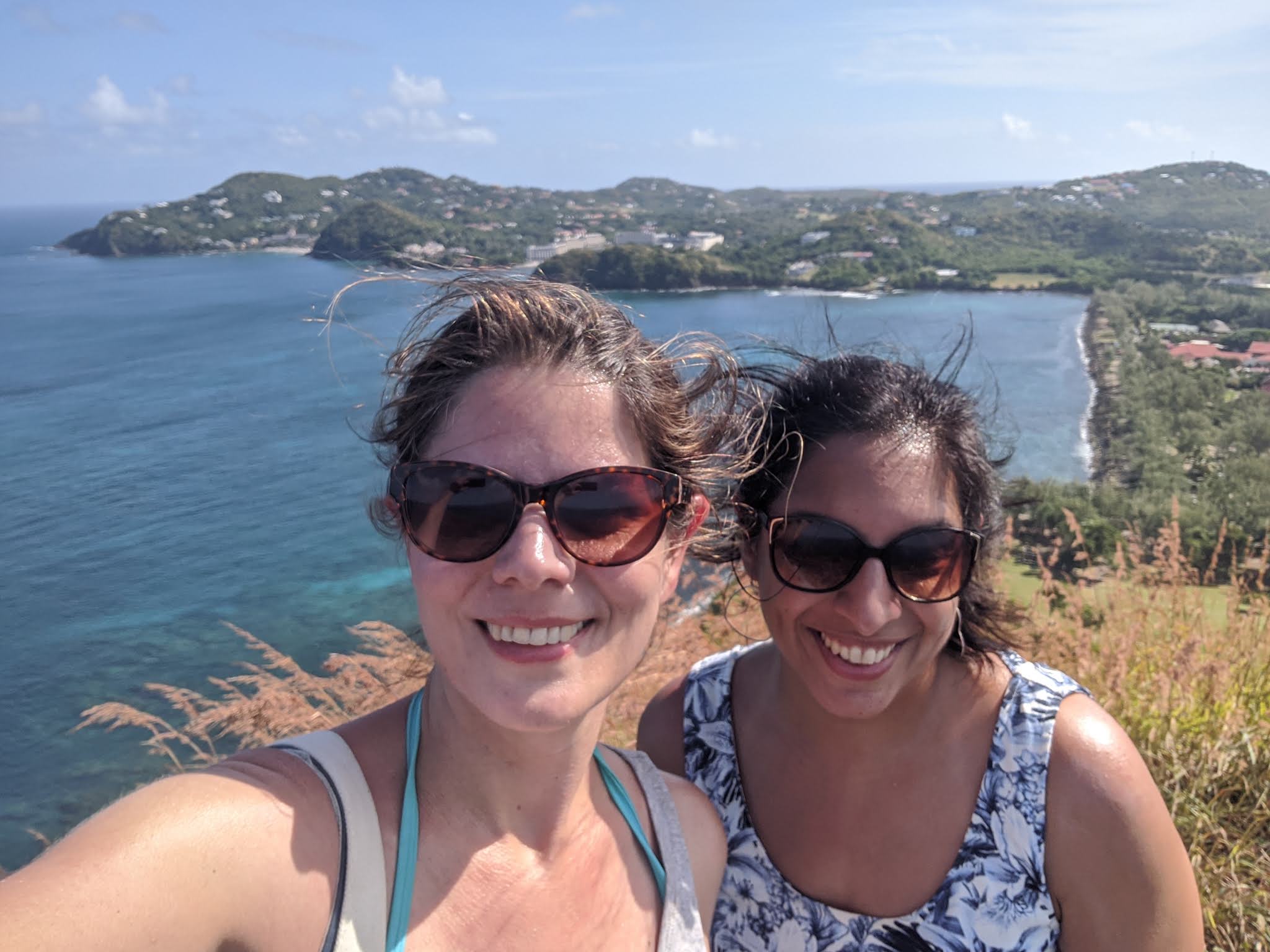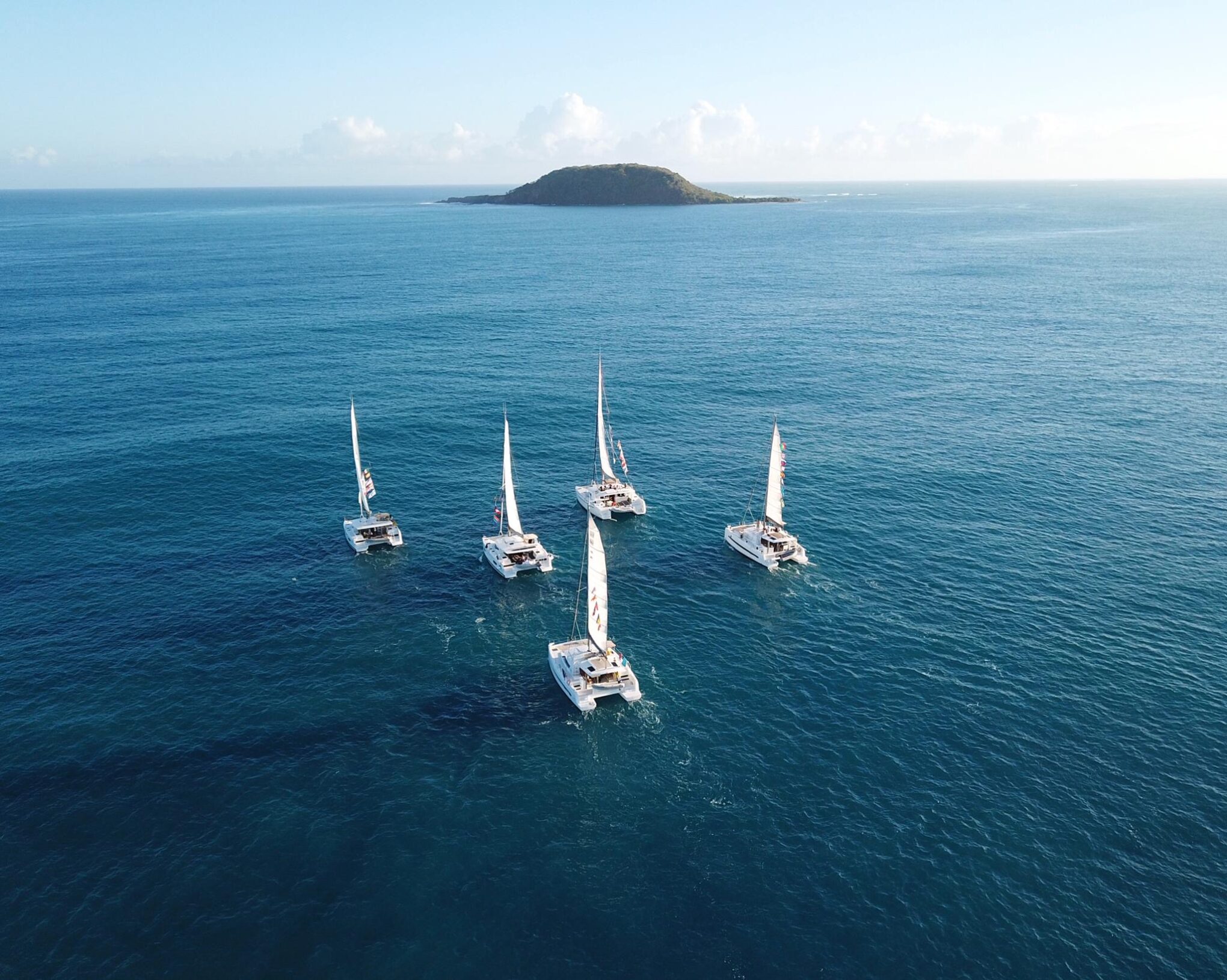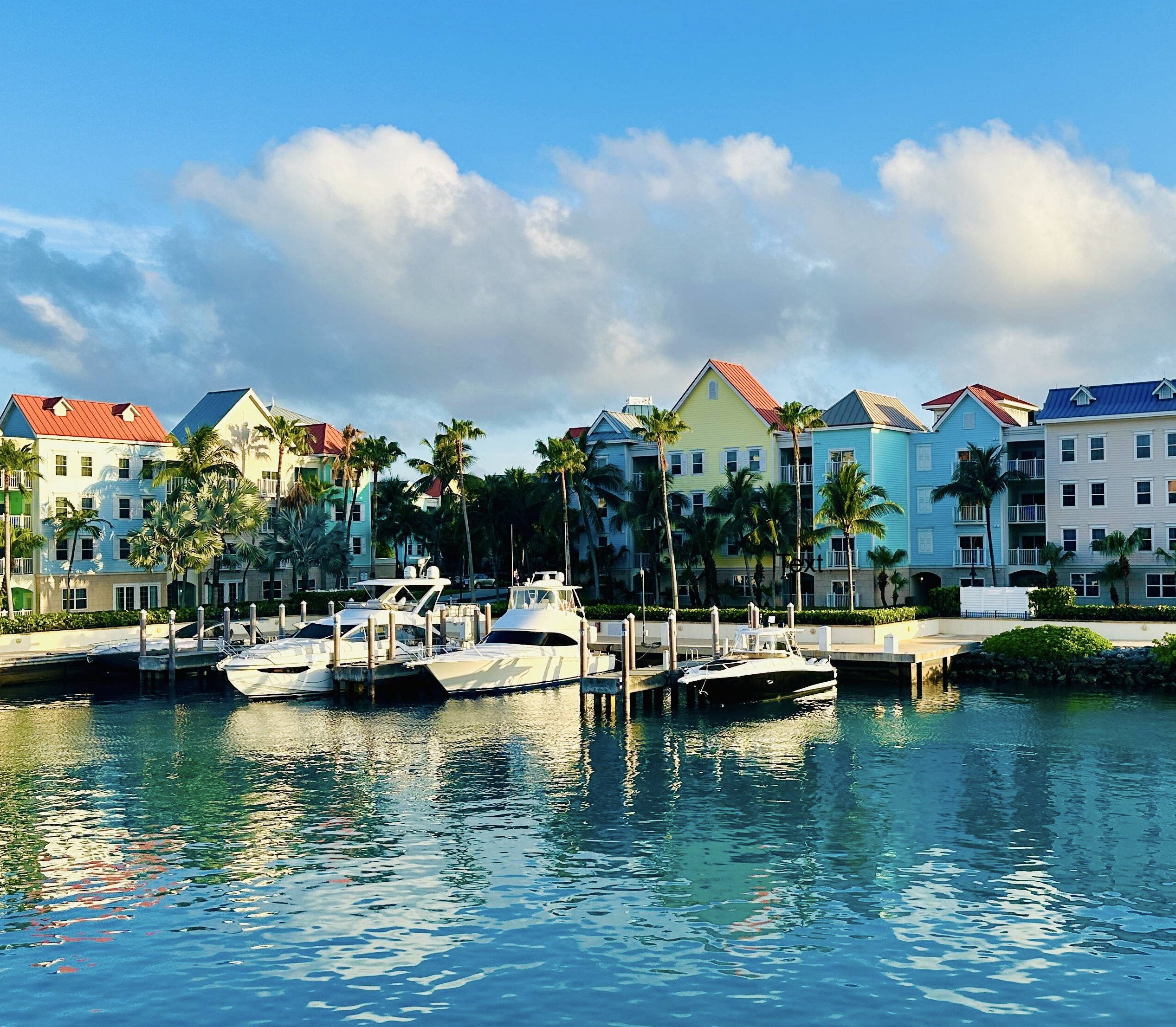St. Lucia may be small in size, spanning only 240 square
miles, but it is geographically diverse and rich in culture. The island boasts jaw dropping vistas, fresh
seafood and a great mix of culture — while it may have been secured by the
British in 1814, its origins of being settled by the French are still prevalent as seen in the food, dance and music.
Much of the island is still dense rain forest,
jungle-covered mountains and banana plantations. Rodney Bay in the north offers lazy days and
modern amenities while Soufrière in the south is at the heart of
the old plantations and hidden beaches. A tortous
road follows most of the coastline, but the condition of the road and the hills make it so driving isn’t for the faint of
heart. And of course, in the southwest, there are the iconic Pitons, the island’s unusual twin peaks that rise out of the sea, with Gros Piton nearly 800 meters high.
My primary reason to visit St Lucia was the diving given the colourful coral reefs and wide variety of tropical fish. Most of the diving takes place around the Soufriere Marine Reserve to the island’s south. There are so many great dive sites to choose
from, but highlights included Anse Cochon North and Fairy Land. Fairy Land is a dive site that slopes
smoothly to about 18 meters. Besides the colorful corals and sponges, it is
known for the large schools of horse eye jack and sometimes turtles although we only saw a small turtle at the surface. Anse Cochon North was the highlight as it provided a wide
range of scenery with large patches of coral, fields of boulders and it was
filled with moray eels, crab, and maybe the largest lobster I’ve ever seen!
While it was tempting to spend all of our time diving and
sipping cocktails at the Windjammer, we did manage to make it out and
visit Pigeon Island. Pigeon island sits at
the northwest tip of the St. Lucia, near Gros Islet and Rodney Bay. While you can get a quick history lesson
about the landmark’s previous occupants, the primary reason to visit this
picturesque reserve is the lookout point at the top of Fort Rodney as well as
the top of Signal Peak, which provide a panoramic view of the Northwest
coastline (and fortunately, I didn’t encounter any pigeons!). Also, on the way down, there are a couple of uncrowded beaches in the park. It was a perfect morning walk, ending with some swimming in the white-sand
beaches nearby.



